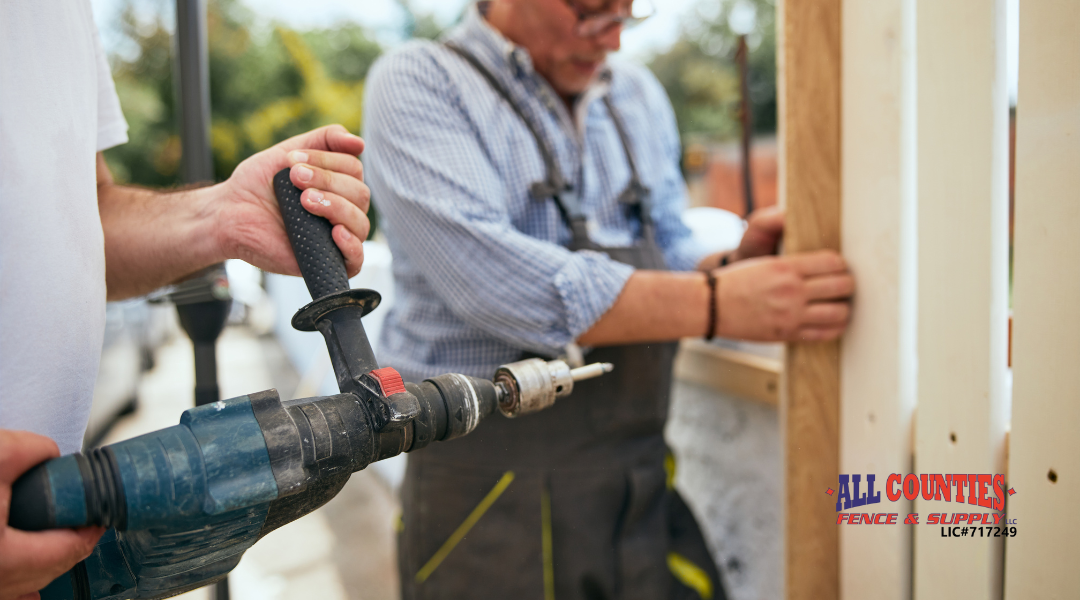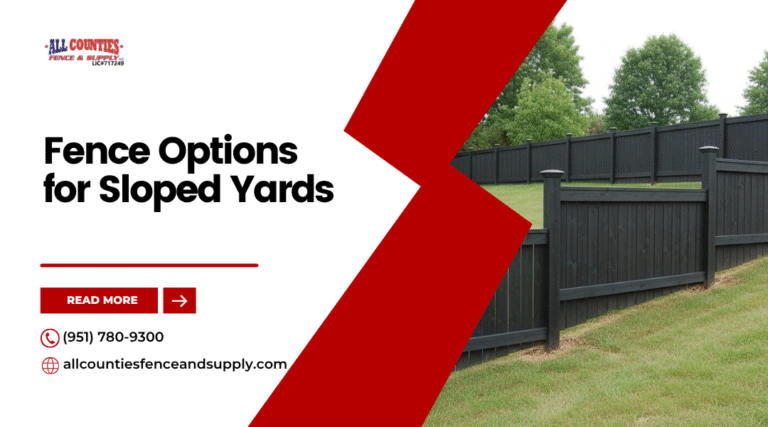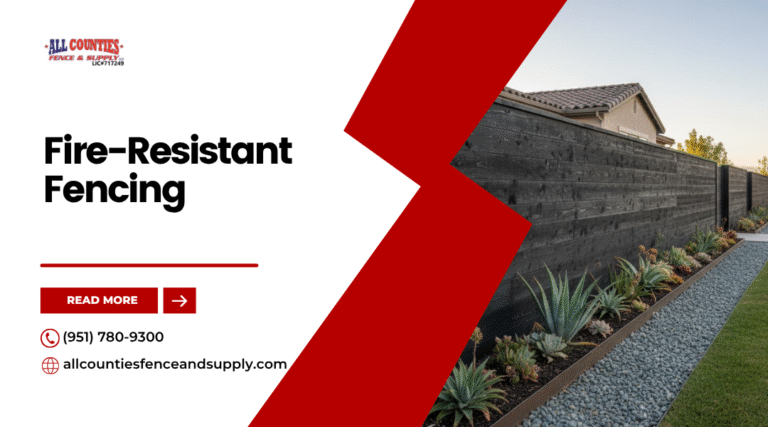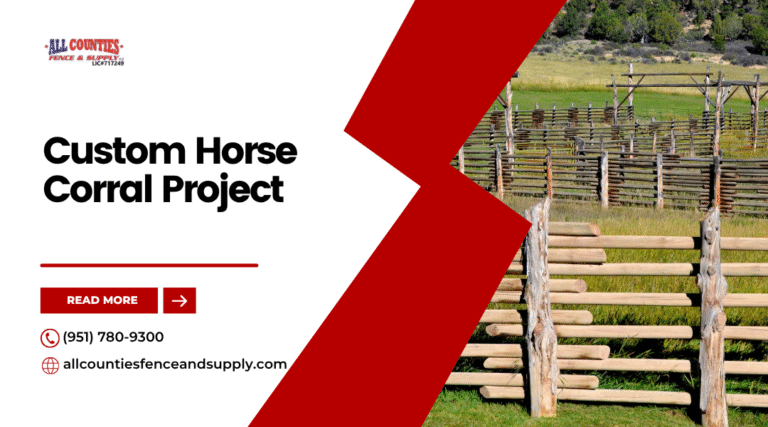Properly preparing your yard for the fence installation will make the process much easier and produce a more durable, attractive final product. Here’s some advice on how to prepare for fence installation to help you get it right.
5 Steps to Prepare Your Yard For Fence Installation
Step 1: Assess Your Property
Before picking up the shovel or digger, you’ll want to walk around your property to evaluate your yard. First, note any existing obstacles, such as trees, rocks, or other terrain features.
Consider your yard’s layout and the best possible location for your fence, keeping in mind any property boundaries that may limit its location and avoiding encroachment on your neighbor’s land. Also note any slopes or uneven ground, as these will likely need to be leveled out. Check for any underground utilities that may be impacted by digging.
Step 2: Check Local Regulations and Obtain Permits
Before building, check your local zoning laws and regulations to confirm that there are no fence height, material, or placement restrictions. There could be rules specific to your area. Sometimes, you must obtain a permit before you can begin installation.
Contact your local zoning office to learn about regulations regarding your fence and acquire any necessary permits to ensure you follow local codes. You should also check for any regulations your homeowner association (HOA) sets. Following these rules can avoid legal complications and ensure your fence meets all requirements.
Step 3: Communicate with Neighbors
Installing a fence affects your property and your neighbors. Whenever possible, speak to them before installing a fence. It’s a courteous gesture and could help you avoid disputes with neighbors. Let neighbors know your plans. Share your fence ideas and discuss any concerns they may have. Ask neighbors questions about property boundaries and reach a common understanding. If a fence could benefit both properties, consider cost-sharing. Communication with neighbors can make installation easier and maintain good relationships.
Step 4: Measure and Mark the Fence Line
Accurate measurements are critical when installing a fence. When buying your fence materials, you can use measuring tape to determine the length of the fence. Mark the fence line with stakes and string so your fence will be straight and the posts will be spaced appropriately.
If you plan to put a fence around the entire perimeter of your yard, mark out the corners and where the gate will be with a stake. Then, use string to outline the fence line and ensure it is straight. Measure the entire perimeter to plan out the entire fence layout. If you have a garden hose, you can use it to help visualize your fence layout and ensure everything will be clear.
Step 5: Clear the Area and Plan for Post Holes
Next, you need to clear the area along the fence line where you plan to install the fence. Remove any rocks, trash, vegetation, or anything else obstructing the fence line. Trim overhanging tree limbs, and, if needed, level the area with a rake. You will need to clear the area to install the fence without obstruction.
Next, you need to plan your post holes. The spacing between your posts depends on what type of fence you’re installing—typically, 6-8 feet—but check with the manufacturer’s specifications.
Posts are typically spaced closer when you’re installing a taller fence. You should also mark the locations for your fence posts along the fence line. After everything is planned, cut your post holes with a post-hole digger or auger to the proper depth. Properly planned and prepared post holes will give your fence a sturdy foundation.
How to Maintain Your Fence After Installation
A fence is a significant investment in your property, so you’ll want to keep it in good shape. Check periodically for signs of rust, wear, or damage. Give the fence a good scrub when it gets soiled by dirt or weather. Apply surface coatings or sealants as a routine to help prevent weather damage and immediately fix anything broken. Proper care will make your fence look good and last many years.
How Weather Conditions Affect Fence Installation
Certain weather conditions can impact the fence installation process. Temperature extremes (scorching and frigid), heavy rain, or high wind can affect the ground conditions and concrete curing. Installing fences when the weather is mild is best to ensure a good outcome. Pay attention to the weather forecast and build in extra time if inclement weather is forecast so you do not experience any delays.
Let Us Help You Installing your Fence
As part of preparing your yard for fence installation, you’ll want to consider a few points;
- assess your property carefully
- check local ordinances
- talk to your neighbors
- measure and mark your fence line, clear the area, and plan post holes.
That way, you can avoid all the common pitfalls of putting up a fence and achieve a professional result.
If you’re looking for a high-quality fencing system and professional installation, All Counties Fence & Supply is here to help. Visit our website today to learn more about our fence products and to get a free estimate on your project.




